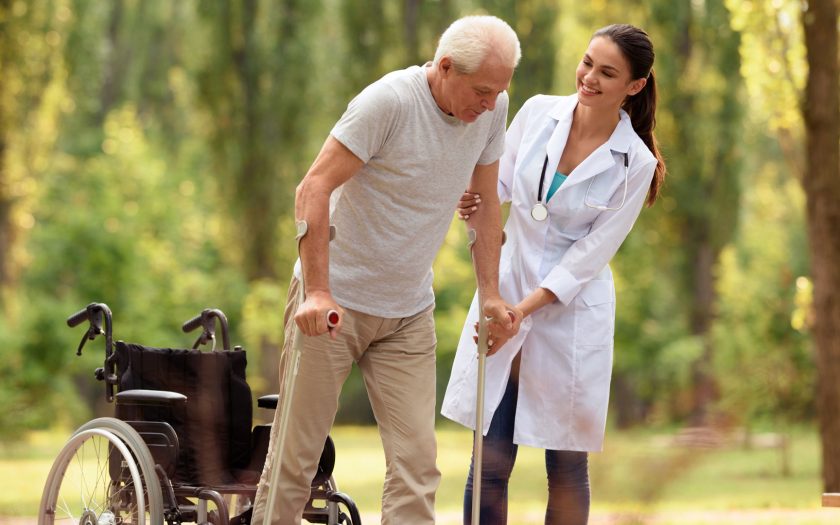Sport is one of the most important non-pharmacological methods of recovery in multiple sclerosis. Well-organized exercises are safe and effective for your physical condition. Sport helps:
- keep the body in good shape;
- strengthen muscles;
- slow down muscle atrophy;
- reduce muscle spasms;
- develop flexibility and muscle strength.
Simple regular exercises.
The simplest option is a workout that you can do regularly at home. Find exercises that are convenient for you and do them several times a week. There are sets of special exercises that help fight spasticity. This is a common symptom in patients after stroke, traumatic brain injury, spinal cord injury and multiple sclerosis. Specially designed exercises can help reduce muscle rigidity.
Aerobic exercise.
Aerobic exercise increases heart rate and may include running and team sports. They are good for heart health and help maintain a healthy body weight. It is important to remember that they can be very tiring.
The best option is to do three sets of 5 minutes each so as not to overload you. It is also important to avoid overheating. Training should take place in a well-ventilated room.
Strength exercises.
If you do not exercise regularly, over time, the muscles weaken and fatigue increases. Therefore, it is important to keep your muscles in good shape at all times. This can be achieved by working out in the gym on exercise machines.
Aquafitness.
Classes in cool water are ideal for people with multiple sclerosis. Water prevents dangerous overheating, maintains balance and increases the body’s endurance.
Balance exercises.
Such exercises must be selected with the participation of a specialist and they can include a variety of exercises. For example, you can do this exercise – stand up straight with your eyes closed. By training for a long time, you can complicate the exercise by placing your legs one behind the other. Exercises with a fitball (large inflatable ball) also help to improve balance.
Martial arts.
The tai chi system works best. This system includes complexes of movements that are more like slow ballet than martial arts. There is no competitive aspect to this martial art. Like yoga, it helps to relax, focus and put thoughts in order.
Light sports.
Even if your condition worsens, you can continue to do the following sports:
- hippotherapy (training with horses);
- skiing;
- cycling;
- basketball;
- brisk walking.
However, regardless of the chosen direction of exercise, you should always consider the following rules:
- follow the doctor’s recommendations;
- avoid excessive work and get enough rest, otherwise the disease will progress to exacerbation;
- listen to your own feelings, and if the pain worsens, pause your workout.
Most importantly, do not get tired and watch your breathing. Try to change your exercises so that they do not become a routine for you. It is important to feel the joy of physical activity and feel the results of your training.

